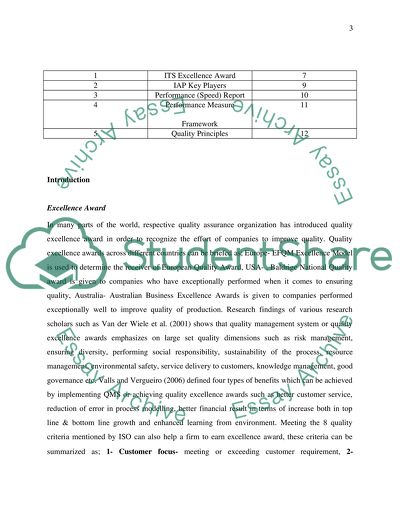Cite this document
(“Application of Implementing QMS Essay Example | Topics and Well Written Essays - 3000 words”, n.d.)
Retrieved from https://studentshare.org/marketing/1480805-application-of-implementing-qms
Retrieved from https://studentshare.org/marketing/1480805-application-of-implementing-qms
(Application of Implementing QMS Essay Example | Topics and Well Written Essays - 3000 Words)
https://studentshare.org/marketing/1480805-application-of-implementing-qms.
https://studentshare.org/marketing/1480805-application-of-implementing-qms.
“Application of Implementing QMS Essay Example | Topics and Well Written Essays - 3000 Words”, n.d. https://studentshare.org/marketing/1480805-application-of-implementing-qms.


